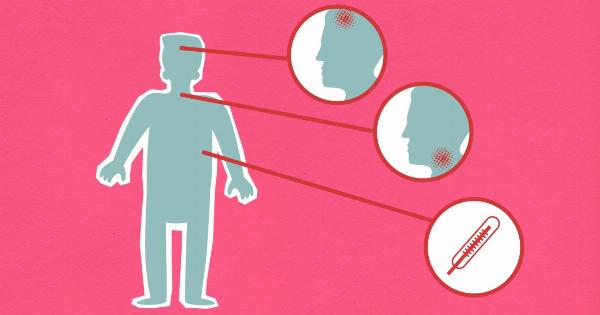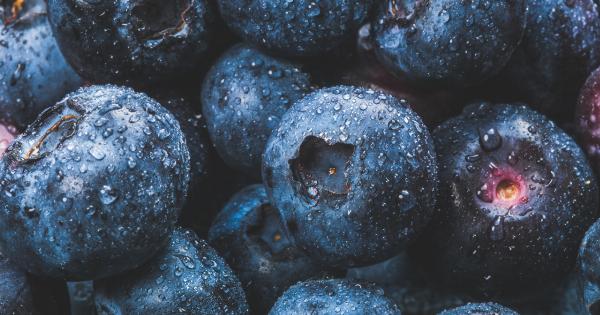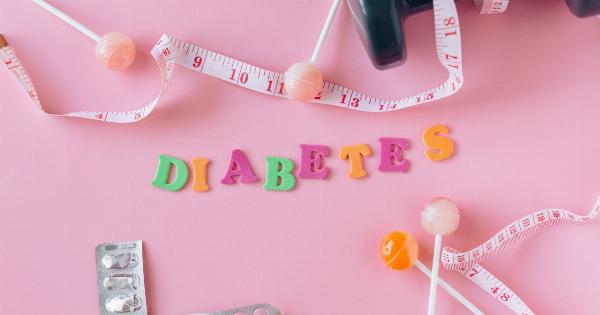The food we consume plays a crucial role in maintaining our overall health, especially the health of our heart. A heart-friendly diet not only helps in preventing heart diseases but also promotes cardiovascular health.
By incorporating certain essential ingredients into our daily meals, we can build a heart-healthy diet that will contribute to a long and prosperous life. Let’s explore these essential ingredients and how they can be incorporated into our meals.
1. Fresh Fruits and Vegetables
Fresh fruits and vegetables are rich in vitamins, minerals, antioxidants, and dietary fiber. These important nutrients help in reducing the risk of heart diseases.
Incorporating a variety of colorful fruits and vegetables into our diet ensures that we consume a wide range of essential nutrients. These can be enjoyed in salads, smoothies, stir-fries, or as sides with our meals.
2. Whole Grains
Whole grains such as oats, brown rice, quinoa, whole wheat bread, and whole wheat pasta are excellent sources of fiber, vitamins, and minerals.
Consuming whole grains instead of refined grains helps in reducing cholesterol levels and maintaining a healthy weight. They can be included in our diet through breakfast cereals, whole grain bread, or by replacing refined grains in our favorite recipes.
3. Lean Protein
Choosing lean sources of protein is essential for a heart-healthy diet. Fish, skinless poultry, legumes, tofu, and nuts are excellent sources of protein without the added saturated fats that can contribute to heart diseases.
Grilling, baking, or steaming protein-rich foods reduces the amount of unhealthy fats while retaining the essential nutrients.
4. Healthy Fats
Not all fats are bad for our heart health. Including sources of healthy fats, such as avocados, olive oil, nuts, and seeds, can benefit heart health. These fats help in reducing bad cholesterol levels and maintaining a healthy heart.
However, portion control is crucial when consuming these foods as they are still calorie-dense.
5. Low-Fat Dairy Products
For those who consume dairy products, choosing low-fat or fat-free options is recommended. These products provide essential nutrients like calcium and protein without the added saturated fats.
Opting for skim milk, low-fat yogurt, or reduced-fat cheese can be beneficial for heart health when consumed in moderation.
6. Herbs and Spices
Adding herbs and spices to our meals not only enhances the flavor but also provides a range of health benefits, including for our heart.
Herbs and spices like garlic, cinnamon, ginger, turmeric, and oregano have antioxidant and anti-inflammatory properties that promote heart health. They can be used in marinades, dressings, or as seasoning in our favorite dishes.
7. Limit Sodium Intake
Excessive sodium (salt) intake can contribute to high blood pressure, which is a risk factor for heart diseases. It is essential to limit our sodium intake and opt for low-sodium alternatives.
Reading food labels, avoiding processed or packaged foods, and cooking our meals from scratch can help in reducing our overall sodium consumption.
8. Hydration
Adequate hydration is crucial for maintaining heart health. Drinking plenty of water throughout the day helps in promoting cardiovascular function and preventing dehydration.
Limiting the consumption of sugary beverages, such as soda and processed juices, is important as they can contribute to weight gain and increase the risk of heart diseases.
9. Enjoy in Moderation
No specific food needs to be completely eliminated from a heart-healthy diet. However, it is essential to enjoy high-calorie and less nutritious foods in moderation.
Indulging in occasional treats is acceptable, as long as the overall diet is balanced and focuses on heart-friendly ingredients.
10. Mindful Eating Habits
Building a heart-friendly diet goes beyond just the ingredients we choose. It is important to develop mindful eating habits, such as eating slowly, paying attention to portion sizes, and listening to our body’s hunger and fullness cues.
Eating mindfully helps in preventing overeating and promotes healthier food choices.






























